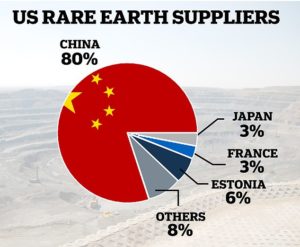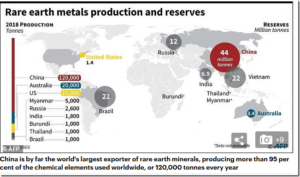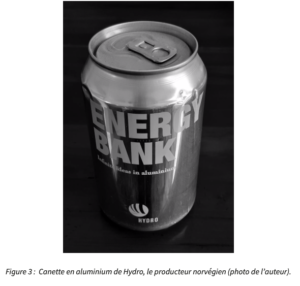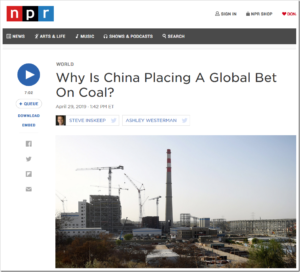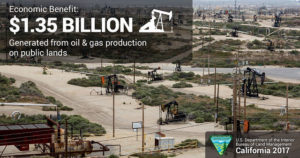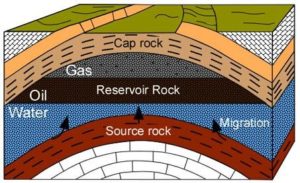by Prof. Samuele Furfari, June 7, 2019 in ScienceClimatEnergie
In its Special Report n° 15 “Global warming of 1.5°C” (SR15) [1], IPCC proposes four scenarios to limit Earth temperature increase to 1.5°C. In all scenarios CO2 emissions are kept at virtually zero by 2050. These scenarios are based on the technology called Carbon Dioxide Removal (CDR) that will remove CO2 to compensate CO2 anthropic emissions.
“All pathways that limit global warming to 1.5°C with limited or no overshoot project the use of carbon dioxide removal (CDR) on the order of 100–1000 Gt CO2 over the 21st century. CDR would be used to compensate for residual emissions and, in most cases, achieve net negative emissions to return global warming to 1.5°C following a peak (high confidence). CDR deployment of several hundreds of Gt CO2 is subject to multiple feasibility and sustainability constraints (high confidence). Significant near-term emissions reductions and measures to lower energy and land demand can limit CDR deployment to a few hundred Gt CO2 without reliance on bioenergy with carbon capture and storage (BECCS) (high confidence)” (page 19).
IPCC defines “Carbon dioxide removal (CDR)” as follows : Anthropogenic activities removing CO2 from the atmosphere and durably storing it in geological, terrestrial, or ocean reservoirs, or in products. It includes existing and potential anthropogenic enhancement of biological or geochemical sinks and direct air capture and storage but excludes natural CO2 uptake not directly caused by human activities” (page 26).
The fourth scenario recognizes the logical and inevitable increase of CO2 emissions if the world continues its growth to remove poverty and allow Asia and Africa countries to develop. Therefore, this scenario is based on a massive use of the CDR techniques as the report says: “Emissions reductions are mainly achieved through technological means, making strong use of CDR“.
Indeed, CDR is just rebranding of the CCS concept that is a cul-de-sac technology for a lack of economy, a lack of available adapted geological sinks on the production sites and also a lack of population acceptance.
…

